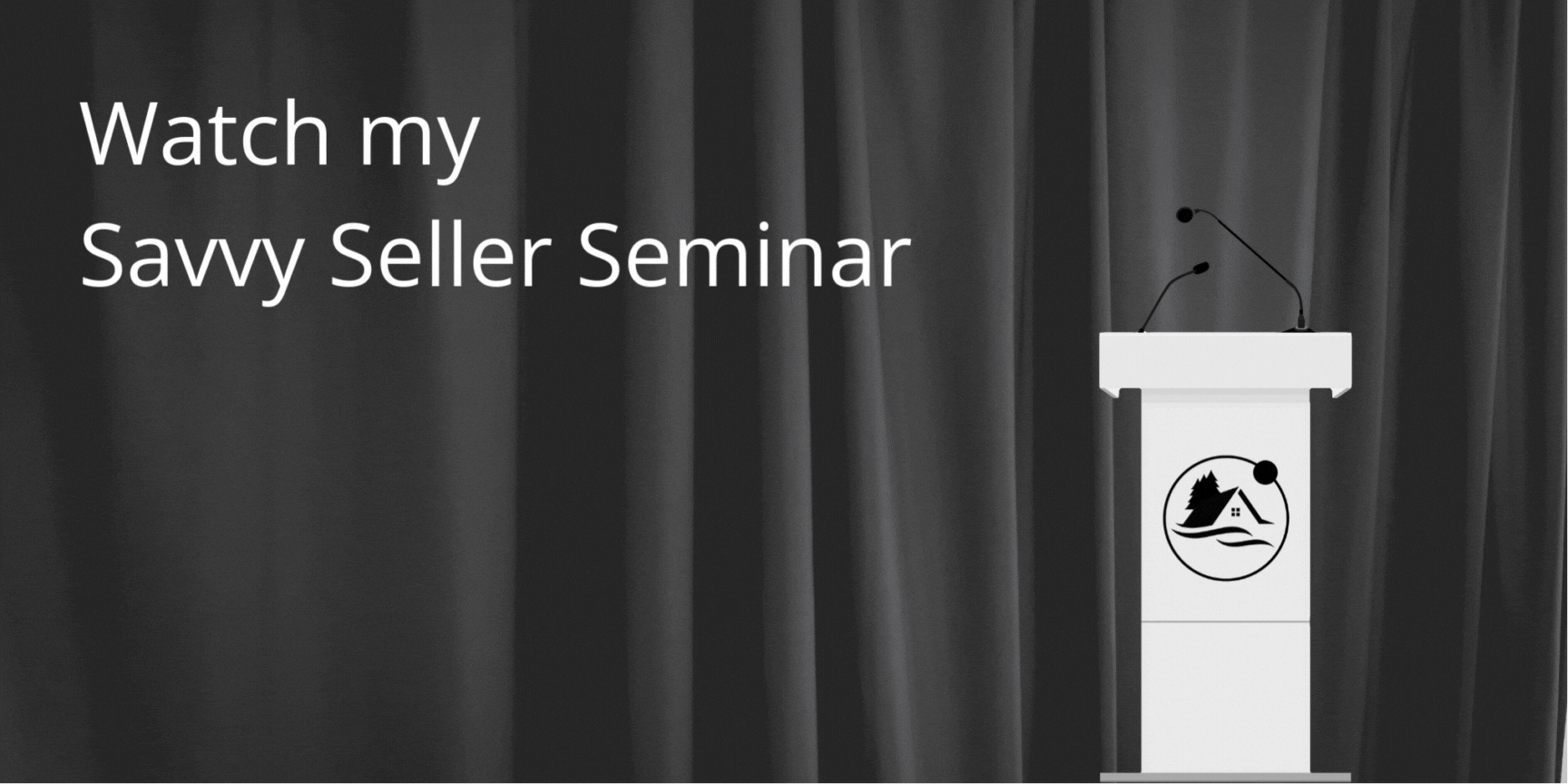In today’s competitive real estate market, virtual home tours have become an essential tool for attracting potential buyers. Especially in tech-driven areas like Silicon Valley, where convenience, technology, and speed are key, offering a virtual tour can set your listing apart and draw in more serious buyers. But creating a virtual tour that gets high viewer engagement and convinces people to book an in-person showing takes careful planning and execution.
In this article, we’ll explore the strategies and techniques that will help you create an engaging virtual home tour, from video length and content to promotion and advanced features like drone footage. Follow these steps to maximize your reach and get buyers excited to see your property in person.
Planning the Perfect Virtual Tour: Length, Structure, and Flow
Optimal Length: The ideal length for a virtual home tour is typically between 3 to 7 minutes. This timeframe is long enough to showcase the key features of the home but short enough to keep the viewer engaged. Attention spans are short, especially online, so delivering a concise and engaging tour is crucial. Longer videos tend to lose viewers, which can impact their perception of the home.
- 3-5 Minutes: Best for smaller homes, condos, or townhouses. You can quickly highlight essential rooms, outdoor spaces, and special features.
- 5-7 Minutes: Suitable for larger homes, especially when there are unique features to show, like a large backyard, custom finishes, or multiple living spaces.
Structure and Flow: The flow of the video is just as important as its length. Start with a welcoming introduction—this could be a brief exterior shot with a text overlay of the address or neighborhood name. Then, lead viewers through the home in a logical order that mimics how they would experience it in person. Typically, the following structure works well:
- Exterior & Curb Appeal: Start outside with a sweeping view of the front yard and the home’s exterior. This first impression sets the tone, so make sure the lawn, driveway, and facade are in pristine condition.
- Entrance & Living Areas: Walk through the front door and highlight open living spaces. Mention high ceilings, natural light, and any recent upgrades.
- Kitchen: Kitchens are a big selling point, so spend a little more time here. Highlight modern appliances, countertops, and any smart-home features.
- Bedrooms & Bathrooms: Showcase the master suite and secondary bedrooms. Ensure that beds are neatly made and bathrooms are sparkling clean.
- Bonus Rooms & Unique Features: Highlight anything that makes this home stand out, such as a home office, gym, or theater room.
- Backyard & Outdoor Spaces: End the tour with any outdoor areas, emphasizing privacy, space, and entertainment potential.
Tip: Avoid panning too quickly from room to room. Smooth, controlled movements allow viewers to absorb the details and appreciate the layout.
Techniques for Increasing Viewer Engagement
Engagement is key to keeping viewers interested throughout the video and ultimately converting them into in-person visitors. Here are several tricks that work best:
Add a Narration or Guided Voiceover
Having a narrator guide viewers through the tour adds a human touch and helps explain the key features of the home. Make sure the voiceover is conversational, informative, and paced to match the visuals. The narrator can point out things that the camera might not fully convey, such as how a room feels or its best features.
Focus on Details and Unique Selling Points
While it’s important to show every room, spend extra time on what makes this home special. Highlight high-end materials (e.g., marble countertops, hardwood floors), smart-home technology, or newly remodeled areas.
Use Close-Ups: Show close-ups of luxury finishes, modern appliances, and any unique architectural details. This helps viewers appreciate the value of the property beyond its square footage.
Music and Ambient Sounds
Background music can help set the tone and make the video more engaging. Choose light, instrumental music that enhances the mood but doesn’t distract. You can also incorporate ambient sounds, such as the crackle of a fireplace or the sound of birds chirping in the backyard, to make the home feel more inviting.
Include Text Overlays for Key Information
Sometimes viewers prefer not to listen to narration or may have the volume off. Adding text overlays that highlight important details—like square footage, special features, and room dimensions—ensures they don’t miss key information.
Call to Action: At the end of the video, include a call-to-action overlay, such as “Schedule a Private Tour”, with your agent’s contact information clearly displayed.
Promoting Your Video Tour for Maximum Viewership
Creating a great virtual tour is just half the battle. You also need a strong promotion strategy to get your video in front of the right audience.
Post on Real Estate Platforms and MLS
Ensure the video is posted on all the major real estate platforms like Zillow, Redfin, Realtor.com, and your local MLS. Listings with virtual tours get significantly more views than those without, so make it a point to feature your video front and center.
Leverage Social Media
Promoting the tour on platforms like Instagram, Facebook, and YouTube is essential. Here’s how to maximize engagement on each:
- Instagram: Post short clips or teaser videos in your stories or Reels. Use popular real estate hashtags like #BayAreaRealEstate or #VirtualTour.
- Facebook: Share the full tour or snippets of it, and consider running paid ads targeting potential buyers in the Silicon Valley area.
- YouTube: Upload the full tour with SEO-optimized titles, descriptions, and keywords. You can link this video to your website, real estate platforms, and social media posts.
Tip: For YouTube and Facebook, create an eye-catching thumbnail that entices viewers to click, featuring a beautiful shot of the home and a clear title like “Stunning 4-Bedroom in Cupertino with Modern Upgrades!”
Email Marketing
Include a link to the virtual tour in your weekly real estate newsletter or send a dedicated email blast to your buyer list with the subject line “Take a Virtual Tour of this Stunning Silicon Valley Home!” This is a direct way to reach interested buyers who may be ready to book a showing after watching.
Use Paid Search and Social Ads
If the property is high-value, investing in paid social or Google ads can help drive traffic to the virtual tour. Set up geographically targeted ads for people looking to buy in Silicon Valley or the Bay Area. Retargeting ads can also be useful to bring back viewers who visited your website but didn’t book a showing.
How to Get Viewers Excited for In-Person Showings
The ultimate goal of a virtual tour is to inspire viewers to book an in-person showing. Here’s how to create a virtual tour that gets people excited to see the home in real life:
Build Anticipation
Leave a bit of mystery. While your virtual tour should be thorough, leave out certain angles or details to encourage curiosity. For example, a glimpse of a luxurious backyard pool, but save the full view for in-person visits.
Highlight Nearby Amenities and Community Perks
In Silicon Valley, location is everything. If the home is close to popular restaurants, parks, or top-rated schools, mention these amenities in your virtual tour. Show quick clips of nearby attractions, like a scenic park or a bustling downtown area, to emphasize the lifestyle that comes with the home.
Include a Personal Invitation
At the end of the video, include a personal invitation from yourself or the listing agent, encouraging viewers to see the home in person. A line like, “We’d love to show you around—schedule your private tour today,” can make a big difference in encouraging next steps.
Drone Footage: When and How to Use It
Drone footage can be a fantastic addition to your virtual tour, but it should be used strategically. Drone shots work particularly well for homes with large lots, beautiful landscaping, or scenic views—common features in Silicon Valley homes.
When to Use Drone Footage
- Showcase the Neighborhood: If the home is in a desirable neighborhood or has proximity to key locations like parks or tech campuses, use drone footage to capture the surroundings.
- Highlight Outdoor Spaces: Homes with expansive yards, pools, or unique outdoor features benefit from aerial views that show the scale and beauty of the outdoor areas.
- Architectural or Scenic Homes: For properties with interesting architecture, drone shots provide a unique perspective that’s hard to capture from the ground.
How to Use Drone Footage
Keep drone clips short and impactful. A 10-15 second aerial intro can set the stage for the tour, giving viewers a sense of the home’s grandeur or location. Avoid overusing drone shots, as the interior of the home is where buyers will spend most of their time.
Conclusion
Creating a virtual home tour that captivates potential buyers and drives in-person visits is all about balance. Keep the video concise, engaging, and visually appealing, while highlighting what makes the home and its location unique. By promoting the video effectively across platforms and using tools like narration, drone footage, and text overlays, you can ensure your virtual tour captures attention and translates into real-world interest.
If you’re selling a home in Silicon Valley, a well-executed virtual home tour can be the difference between sitting on the market for months or attracting multiple serious buyers. In a region known for its tech-savvy, fast-paced culture, offering a virtual experience is not just an advantage—it’s an expectation.
Take the time to plan, invest in quality production, and market your virtual tour effectively. The result? A higher level of buyer engagement, increased viewership, and, ultimately, more in-person visits that can lead to faster offers. For buyers who value convenience and for sellers looking to maximize their home’s exposure, the virtual tour is a game-changing tool in today’s Silicon Valley real estate market.
Ready to create an exceptional virtual tour for your property? Contact us today, and we’ll guide you through the process to ensure your home shines online and attracts the right buyers.
This wraps up the article, and I hope it gives you a detailed guide on creating a virtual home tour video that engages viewers and converts them into potential buyers. Let me know if you’d like to adjust or add anything further!
Great Santa Clara Homes for Sale
2
3
4
5
6
7
8
9
10
11
12
13
14
15
16
17
18
19
20
21
22
23
24
25




